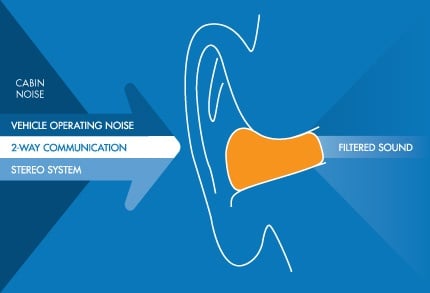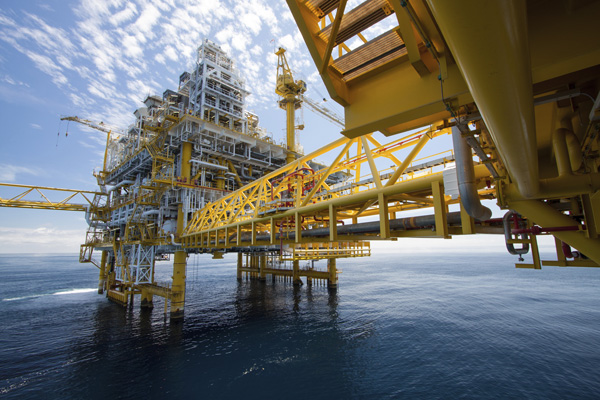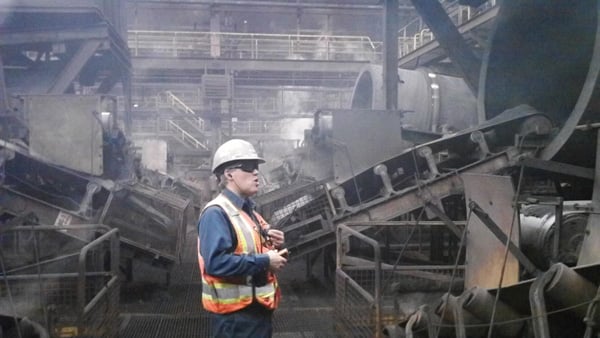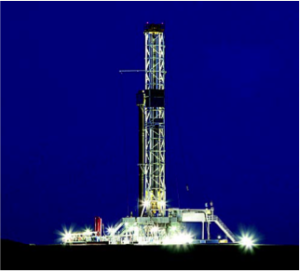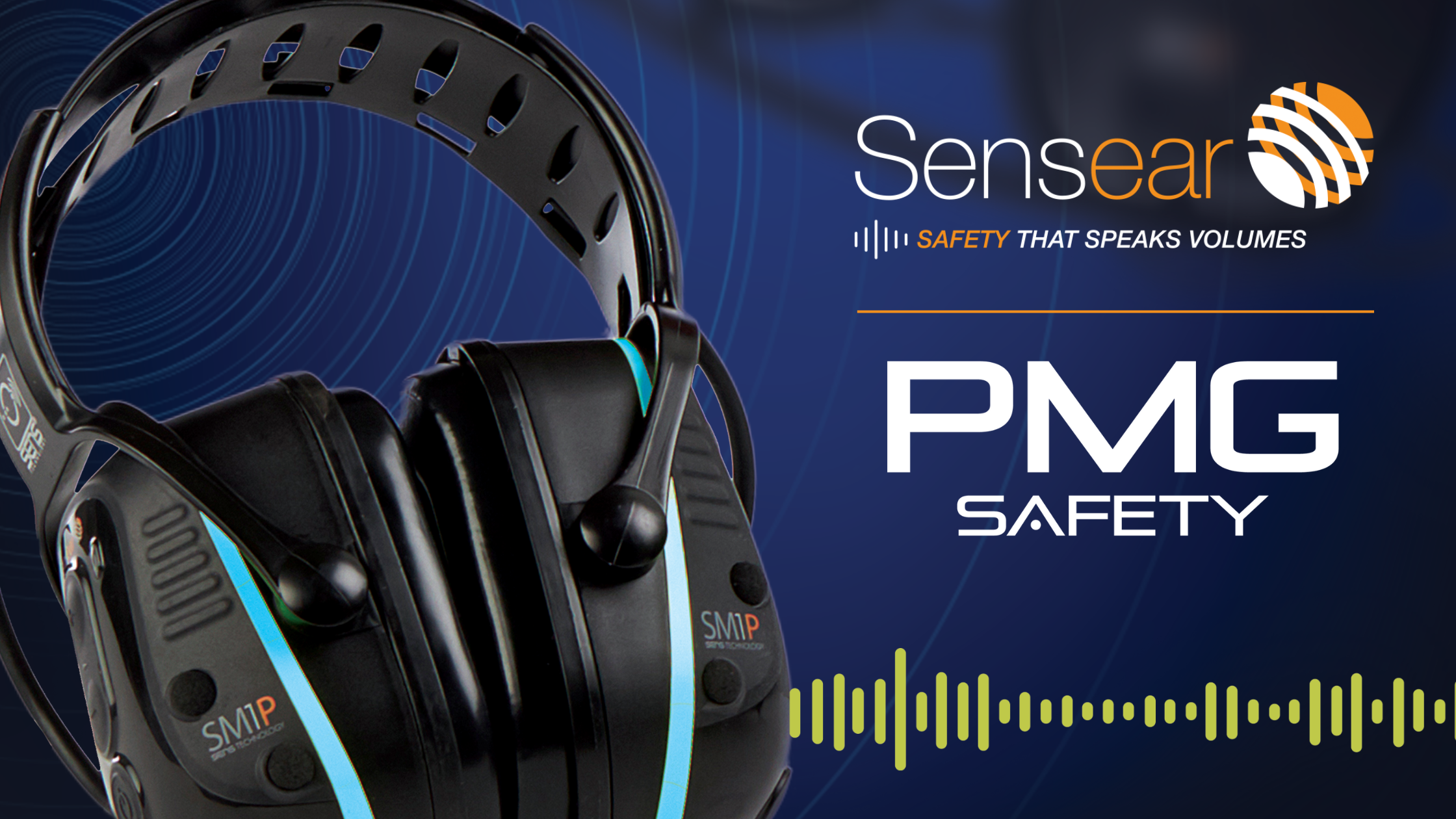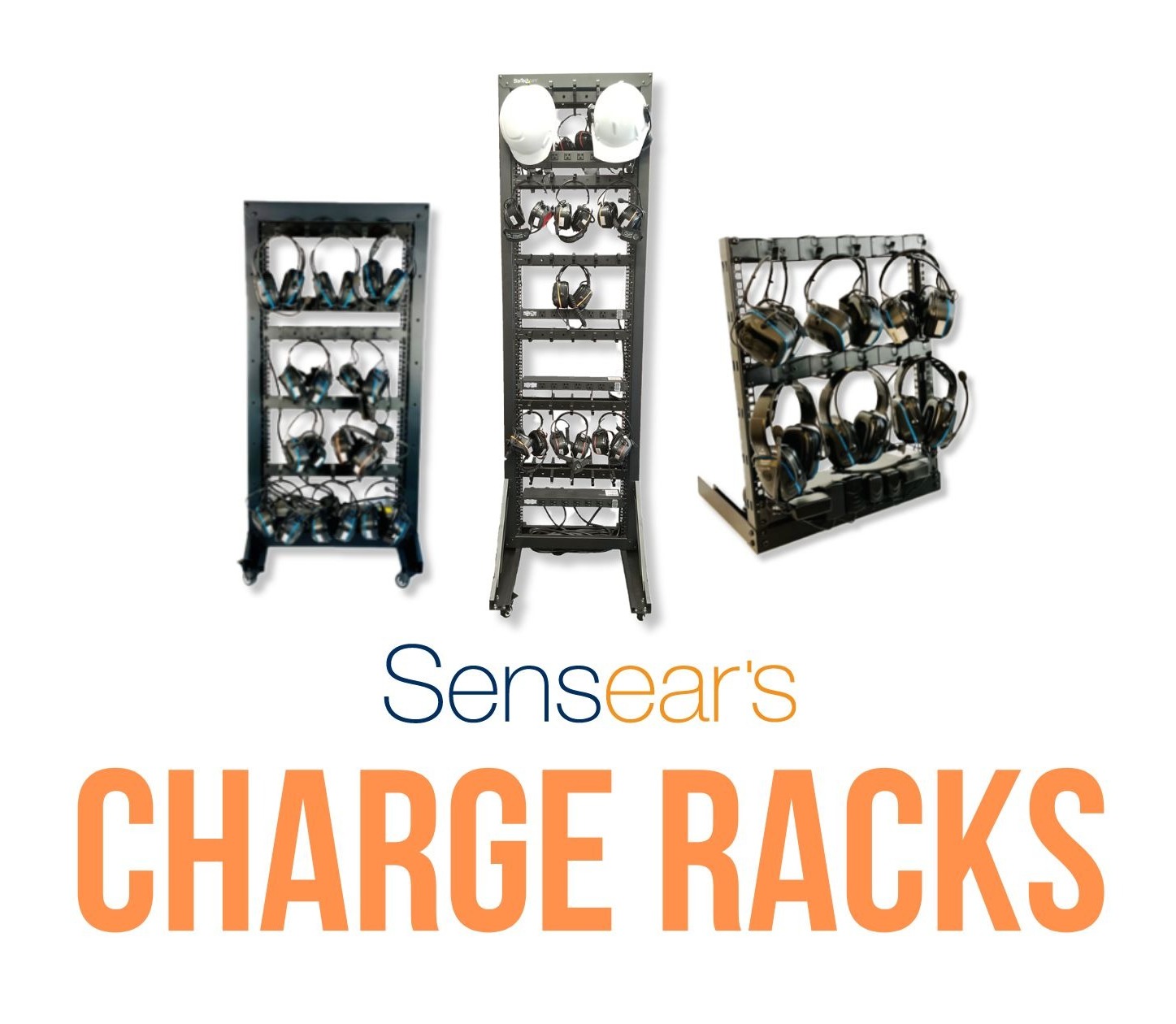Today’s society is comprised of a generation obsessed with productivity. Taking one look at any given city street can quickly reveal to anyone that 21st-century individuals are always “doing something.” For instance, an individual can walk from his or her favorite restaurant back to work while simultaneously sending emails right in the palm of his or her hand. This is a generation of multi-tasking and “getting things done,” so it is easy to understand why the emphasis in the workforce is placed on effectiveness, productivity, and efficiency. One of the primary goals of any level-headed employer can be summed up in a simple question: how can this workload be completed with greater efficiency and increased automation? As most people in the business world know, the answer is equally simple. Communication is the key to workplace productivity and efficiency - especially within industrial environments. Those who are interested in learning more about the importance of communication within the scope of industrial environments may benefit from reading the information below.
